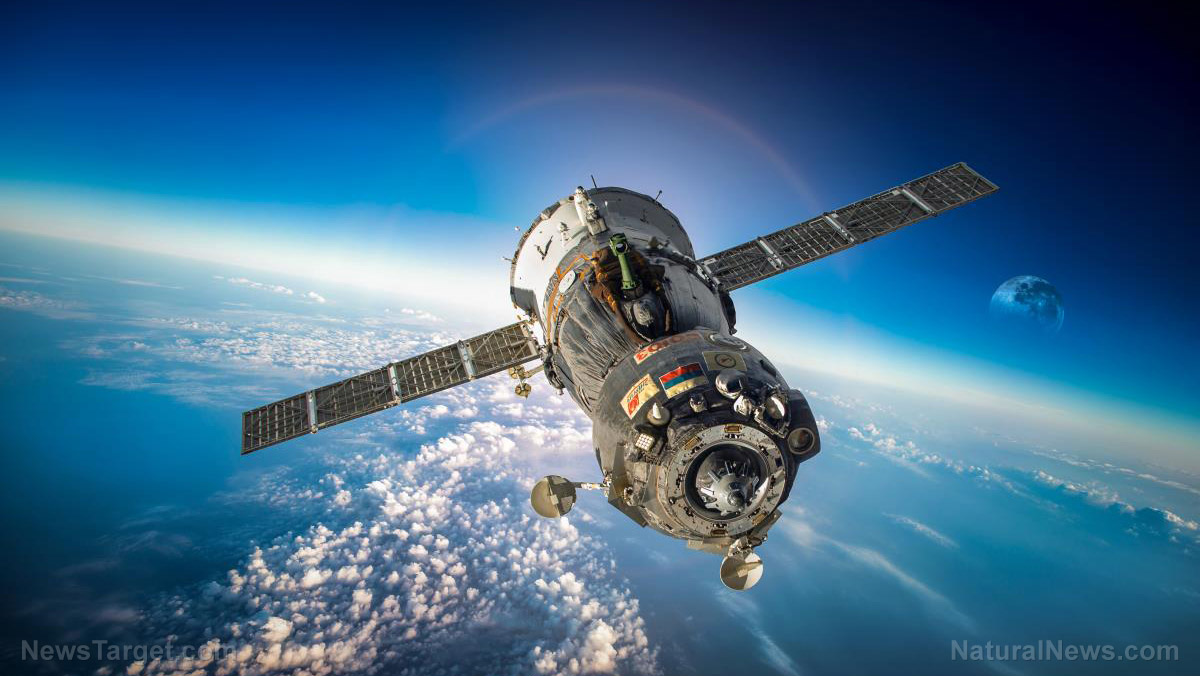NASA and private companies to launch BUSINESS on the MOON within the next decade
08/11/2023 / By Laura Harris

The National Aeronautics and Space Administration (NASA) is preparing to send astronauts back to the moon on its Artemis Missions within the next decade. But it’s not for another scientific mission – it’s for business this time.
The Artemis missions aim to establish a sustained human presence on the moon, paving the way for future extraplanetary colonization and resource utilization. With a potential market value of over $100 billion, the moon is poised to become a hub of economic activity and commerce. “Definitely the moon is going to be a big business,” stated Prachi Kawade, a senior analyst at NSR, a space market research and consulting firm.
NASA’s ambitious endeavor has caught the attention of private companies. For instance, Elon Musk’s SpaceX has emerged as a frontrunner in the race to develop the human landing system (HLS), a space transportation that will bring astronauts from the moon’s orbit to the lunar surface.
Jeff Bezos’ Blue Origin, another prominent player, recently secured a $3.4 billion contract to develop the Artemis V human lunar launcher. The New Glenn mega-rocket of Blue Origin is set to play a pivotal role in future lunar missions.
Astrobotic Technology and Intuitive Machines lead the development of uncrewed robotic landers to establish cost-effective transportation of goods and services to the moon. Lockheed Martin, in partnership with General Motors, is crafting battery-powered lunar rovers to outperform their prototypes from the Apollo era. The tech giant Nokia is on a mission to bring 4G internet connectivity to the moon by 2024 to provide a lifeline for lunar missions.
Furthermore, the Artemis missions plan “in-situ resource utilization” to the moon. Meaning to say, the project intends to mine and exploit lunar resources on the moon or on Earth. “We want to leave behind a wake of commercial activity and commerce and more routine living and working in space,” Steve Creech, acting deputy associate administrator for the Artemis campaign, told Insider.
Regolith, or moon dust, could be mined for helium-3, a rare particle that holds promise for clean energy generation on Earth. Meanwhile, the moon’s water caches near its poles could be extracted and converted into fuel, enabling longer lunar missions and serving as a refueling station for journeys to Mars. Lunar Outpost, a space-tech firm, has secured $12 million in seed investment to develop lunar rovers and technologies for this mission.
US and its allies are racing to the moon against China
The lunar market is not without geopolitical implications. The U.S. and its allies are not only competing for lunar resources and business opportunities, but also for strategic dominance in outer space. They aim to establish a presence on the moon ahead of China.
“Money isn’t the only drive pushing the U.S. and its allies to bring businesses to the moon. There are strong political incentives to get there before China,” noted renowned space analyst Rosseau. This sentiment was echoed by Bill Nelson, the current administrator of NASA. “It is a fact: We’re in a space race.” (Related: Space running out of space: Experts warn space race could lead to war on Earth.)
“It is true that we better watch out that they don’t get to a place on the moon under the guise of scientific research,” Nelson warned. “And it is not beyond the realm of possibility that they say, ‘Keep out, we’re here, this is our territory.'”
The rivalry between the U.S. and China has stemmed from both nations aggressively pursuing lunar exploration programs, including plans to land people on the moon. “It might seem like space is big, but the specific orbits that we are most interested in get filled up fast,” said Laura Forczyk, executive director of the Atlanta-based space consultancy Astralytical.
In the Outer Space Treaty of 1967 signed by 110 countries, space should be used for the benefit of all humanity and prohibited any single nation from claiming or occupying celestial bodies. Similarly, the Artemis Accords of 2020, a collaborative framework drawn up by NASA and endorsed by over 24 space-faring nations, sought to promote peaceful and transparent space exploration through non-binding multilateral agreements.
But China, which has been absent from this pact, charted an independent course to the moon and sought stronger partnerships with space agencies in Russia, Latin America and Central Asia. So experts warn that the intensifying race for space dominance could lead to war on Earth.
Follow Space.news for more news about the ongoing space race.
Watch this video that talks about how space is becoming weaponized.
This video is from the Airtv International channel on Brighteon.com.
More related stories:
China to begin construction of LUNAR BASE using moon soil.
China could claim parts of the moon, NASA head warns.
NASA plans to MINE THE MOON by early 2030s, says rocket scientist.
Sources include:
Submit a correction >>
Tagged Under:
Artemis Accords, big government, Big Tech, Blue Origin, bubble, China, competition, conspiracy, cosmic, future science, future tech, lunar missions, Moon, NASA, Outer Space Treaty, risk, Space, space exploration, space missions, Space Race, SpaceX, tech giants, technocrats
This article may contain statements that reflect the opinion of the author
RECENT NEWS & ARTICLES
COPYRIGHT © 2017 ELON MUSK WATCH

















